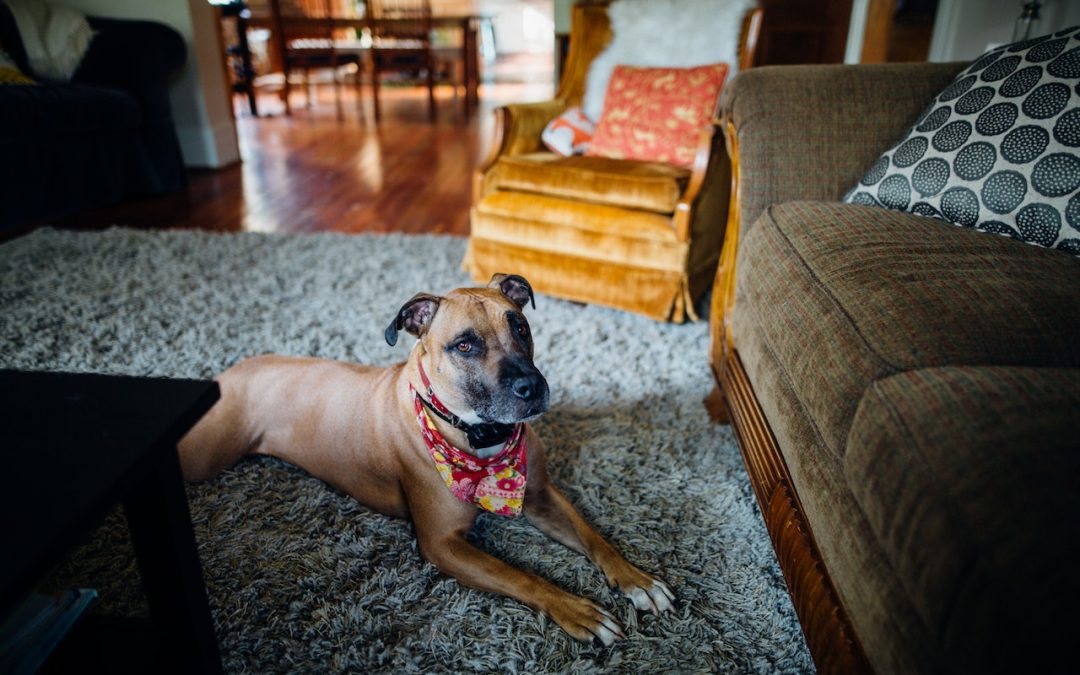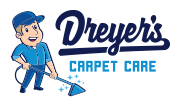Pets are lovely companions, but every once in a while, every pet owner in Gainesville will have to deal with their urine—especially when the animals aren’t properly house-trained yet. Aside from the nasty sight and smell it can cause, pet urine also causes multiple health hazards.
The possible risks of animal urine on carpets are discussed in more detail below.
1. The Risk of Potentially Dangerous Mold
One or two accidents that are cleaned up quickly are usually not a cause for concern, but repeated pet stains or urine that is not immediately and thoroughly cleaned can soak through your carpet and damage the padding below. Urine contains components that attract moisture, leading to the growth of multiple types of mold under the carpet over time.
Black mold is just one example of a mold that can cause short-term respiratory symptoms. Aspergillus is another one that, if exposed to it for an extended period, can lead to chronic lung conditions.
2. That Strong Ammonia Smell
Animal urine in carpets produces a pungent ammonia odor. While all urine contains some ammonia, cat urine has a significantly higher concentration.
If not cleaned thoroughly and immediately, the water in the urine evaporates and leaves even more concentrated ammonia. People with respiratory illnesses like COPD, asthma, or emphysema can suffer severely from this, and it may also trigger allergic reactions in healthy individuals.
3. The Multiplication of Germs and Other Microscopic Organisms
Pet waste carries potentially harmful germs. Bacteria and other microorganisms found in old urine stains can trigger sinusitis, watery eyes, allergies, and inflammation of the airways, even in otherwise healthy people.
Although healthy people usually have little to no trouble with these bacteria, they can cause severe problems for those with diminished immune systems, such as infants, seniors, and those taking immunosuppressants for other conditions.
4. The Cost to Replace a Deteriorated Subfloor
Finally, you must consider the possible expenses that pet urine can entail. Most subfloors are wood, where your carpet padding will be placed.
In time, the urine will penetrate your carpet, the padding, and, eventually, the subfloor. The wood will eventually become soaked in repeated pet accidents and may even rot.
Therefore, it may be essential to remove the carpeting and replace the affected sections of the subfloor to repair the structural integrity of the floors.
Conclusion
If you’ve ever had a pet, teaching it to use the bathroom in a designated area can be challenging. Animals may have accidents on the floor, but if you want to avoid potentially severe health effects, you should remove the urine from your carpets as soon as possible.
Even though pets are a vital part of the lives of countless people, owners must never forget their responsibility to clean up after their animals. Pet urine has the potential to wreak havoc on a home by fostering the growth of mold, causing the onset of asthmatic symptoms, and even causing structural damage if left untreated.
At Dreyer’s Carpet Care, we offer our advanced carpet cleaning and pet urine removal methods to make your rugs look brand new. With our Fiber Protection System and IICRC-trained technicians, we’ve become Gainesville’s go-to carpet cleaner. To find out more about our fantastic guarantees, message us right away!





